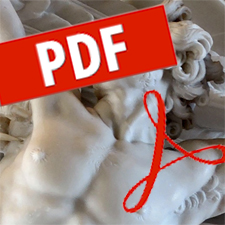Description
By Alfons Van der Kraan
The story of the Dutch East India Company, Christiaan Huygens and the marine clock shows that in the seventeenth century Dutch Republic there was a tendency towards the formation of a modern partnership between business, science and technology. This emerging relationship was personified by Johannes Hudde (1628-1704) and Christiaan Huygens (1629-1695), men from entirely different walks of life except for their shared interest in science, especially mathematics. It was this shared interest in mathematics which brought them together and indirectly led to the marine clock research project. Hudde was a Director of the Dutch East India Company as well as a mathematician of international standing, whilst Huygens was both a brilliant theoretical scientist and extremely skilled innovator.Through his interest in mathematics, Hudde had come to know Huygens – he had corresponded with him and was broadly familiar with the work Huygens had been doing. So when Huygens, in 1682, returned to Holland from France, Hudde conceived the idea, which was entirely novel at the time, to enlist the support of the East India Company for one of Huygens’ research projects, a project, of course, in which the Company had a direct economic interest, namely, the marine clock which it needed to find the longitude at sea.
page: 279 – 298
Prometheus: Critical Studies in Innovation
Volume 19, Issue 4
SKU: 0810-902810032428
